Go With Docker
Posted on Sunday February 6, 2022
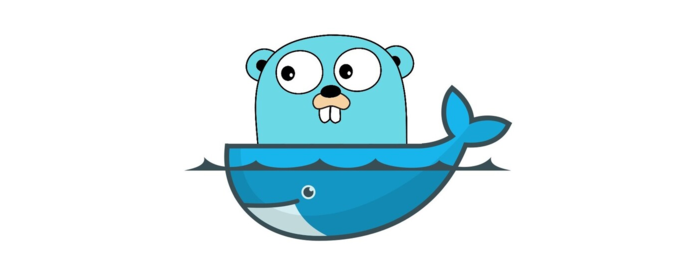
Building a web server or application with Go may not be everyone's first choice, but there are some significant advantages to think about: a strongly-typed language makes everything a little more predictable and Go still makes things nice and easy to get started with some built-in libraries, you can easily extend out and test what you need, and of course Go is extremely lightweight and fast - your application will be able to handle a lot of throughput right out of the box. Also, why not, it's fun!
This article will take you through an example web server (nothing complicated, a simple healthcheck) and how to build a full pipeline to ensure this can be tested and iterated over using Jenkins.
To get started, you'll need to have the following installed on your local machine:
- Go
- Docker
That should be all you need locally, but to take advantage of the Jenkins part of this tutorial you'll need a Jenkins setup somewhere.
Go! Your HTTP Server
Create a new folder in your GOPATH (e.g. /src/github.com/{you}/http-go) and create a main.go file as follows:
package main
import (
"fmt"
"net/http"
)
func index(w http.ResponseWriter, r *http.Request) {
fmt.Fprintf(w, "Hi there!")
}
func main() {
http.HandleFunc("/", index)
http.ListenAndServe(":8080", nil)
}
This really is going to be a simple example! You can test this now by launching your server:
go run main.go
And then testing it with cURL, where you'll see "Hi there!":
curl http://localhost:8080/
Testing
To prove all of this works, we need to test it. Being a very simple HTTP router at present, that will be very straight forward. Create a test file as main_test.go:
package main
import (
"net/http"
"net/http/httptest"
"testing"
)
func TestIndex(t *testing.T) {
req, err := http.NewRequest("GET", "/", nil)
if err != nil {
t.Fatal(err)
}
rr := httptest.NewRecorder()
handler := http.HandlerFunc(index)
handler.ServeHTTP(rr, req)
expected := "Hi there!"
if rr.Body.String() != expected {
t.Errorf("Method returned unexpected body: got %v want %v",
rr.Body.String(), expected)
}
}
This test will create an HTTP server, handle a request, return the response and check it against what ws expected. In this case, we want to see "Hi there!" so that's what we test against.
Try this with:
go test
Containerising Your App
Now comes the fun part - the app is working in a basic fashion and there's a test in place, so let's containerise it! Create a Dockerfile with the following:
FROM golang:1.15
WORKDIR /go/src/github.com/{you}/http-go
COPY . .
RUN go install
EXPOSE 8080
CMD ["http-go"]
This means you can now build and run your app using Docker instead:
docker build -t http-go:latest .
docker run --name http-go --rm -p 8080:8080 http-go:latest
Integrating with Jenkins
To ready the application for Jenkins, firstly create another Dockerfile (Dockerfile.test) which will include a couple of different libraries to allow test report and code coverage exports to work with Jenkins' Cobertura and Xunit plugins:
FROM golang:1.15
WORKDIR /go/src/github.com/{you}/http-go
COPY . .
RUN go install
RUN go get github.com/tebeka/go2xunit
RUN go get github.com/t-yuki/gocover-cobertura
EXPOSE 8080
CMD ["http-go"]
Now a Jenkinsfile can be created that will be used to set up your tests remotely:
/* groovylint-disable CompileStatic */
CONTAINER_NAME = 'http-go'
pipeline {
agent any
stages {
stage('Build') {
steps {
sh "docker build -t $CONTAINER_NAME -f Dockerfile.test ."
}
}
stage('Test') {
steps {
sh """
docker run --name $CONTAINER_NAME $CONTAINER_NAME sh -c 'go test -coverprofile=cover.out -v ./... | go2xunit; gocover-cobertura < cover.out > coverage.xml' > tests.xml
docker cp $CONTAINER_NAME:/go/src/github.com/{you}/http-go/coverage.xml coverage.xml
"""
junit 'tests.xml'
step([$class: 'CoberturaPublisher', coberturaReportFile: 'coverage.xml'])
}
}
}
post {
always {
sh """
docker stop $CONTAINER_NAME
docker rm $CONTAINER_NAME
"""
}
}
}
Now - this would be a good time to push your code to git so Jenkins can fetch it. Once that's in place, create a new multibranch pipeline in Jenkins:
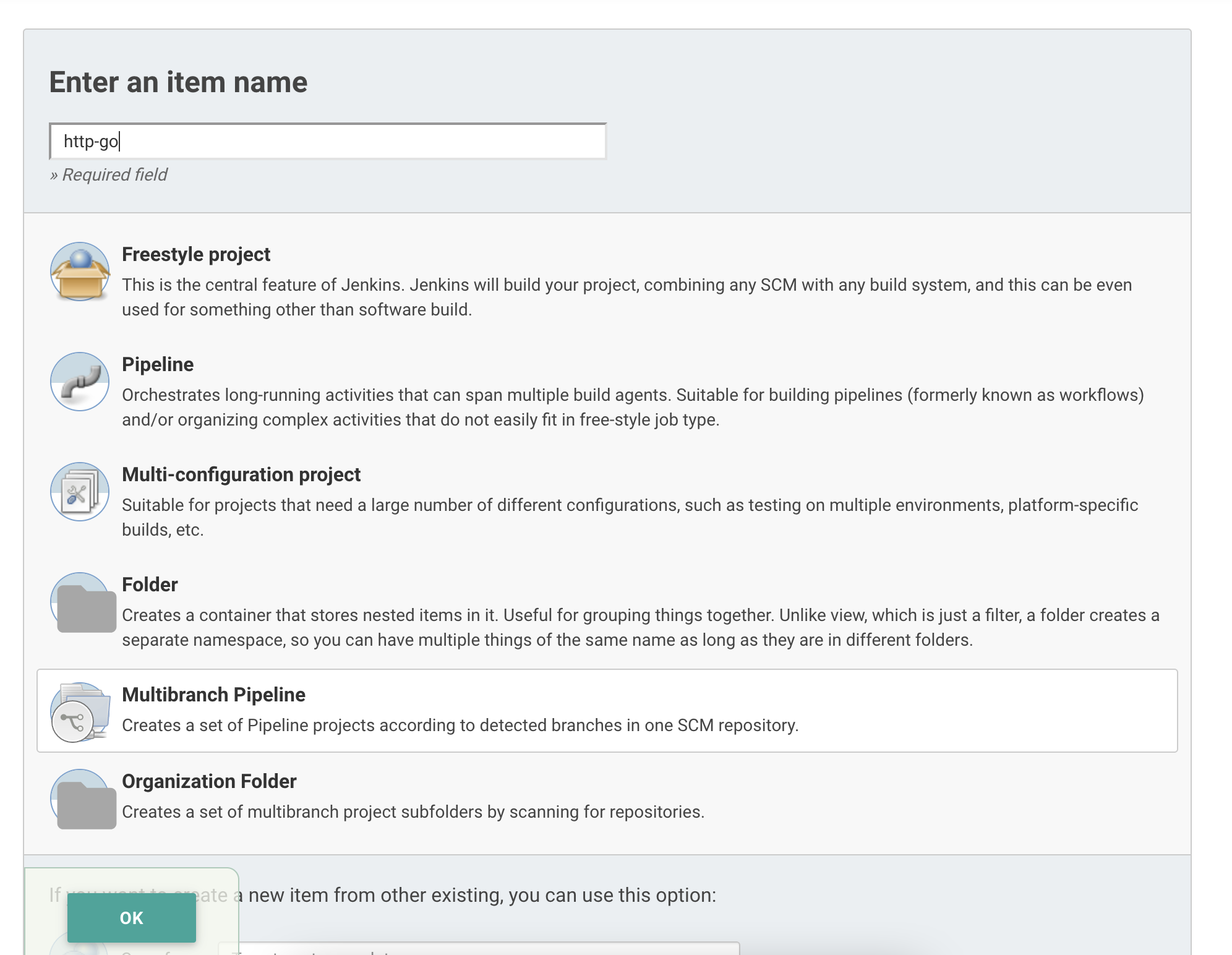
And add in the following config (replacing the configuration as necessary):

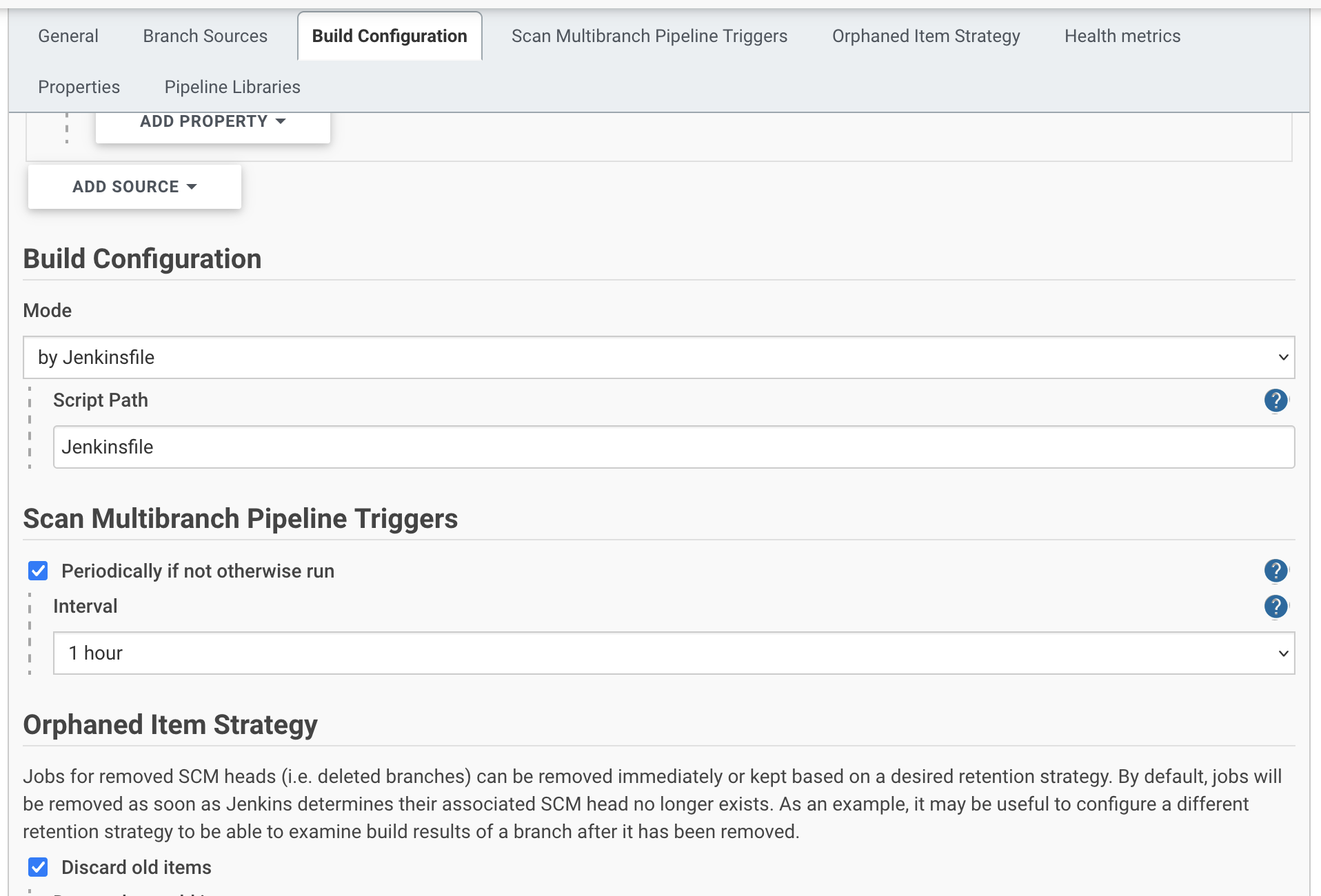
Once this is complete, your build should be ready to run and should start automatically:
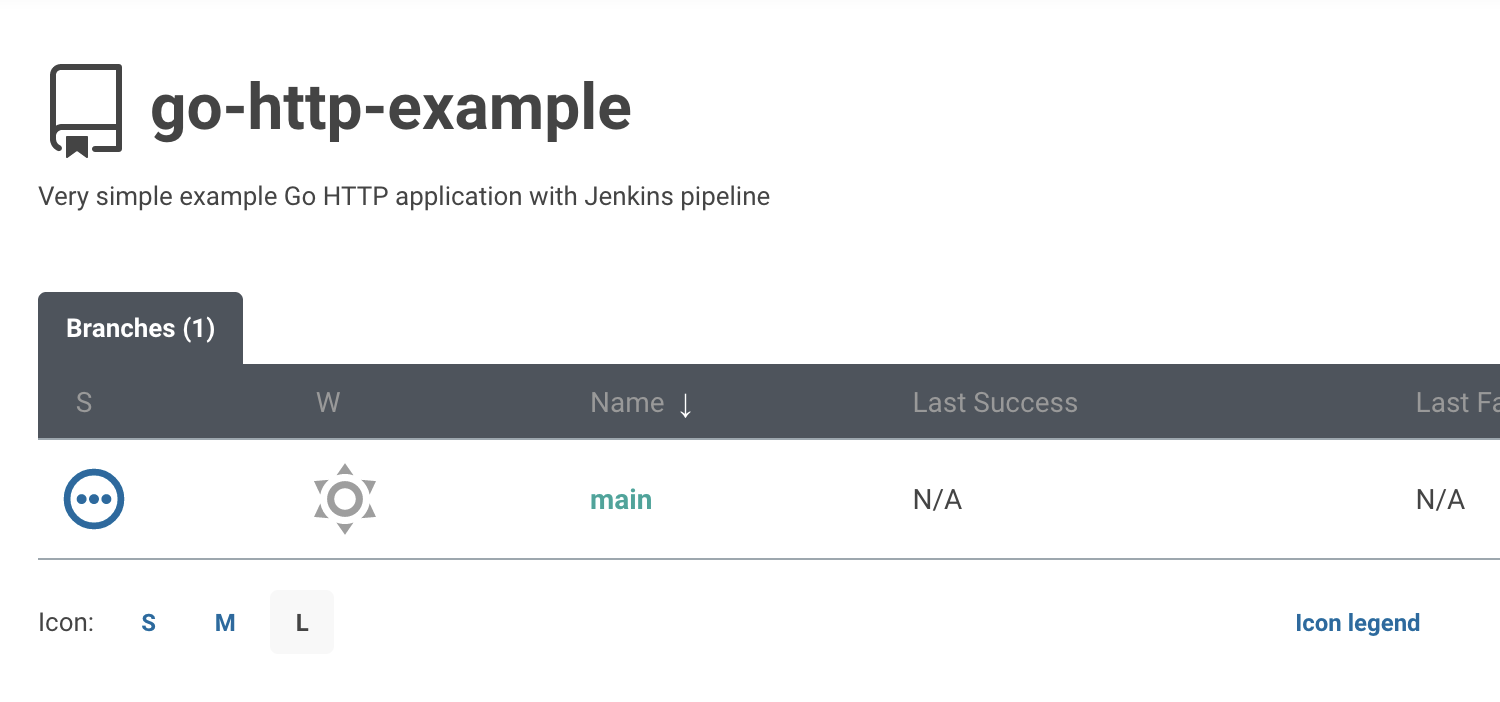
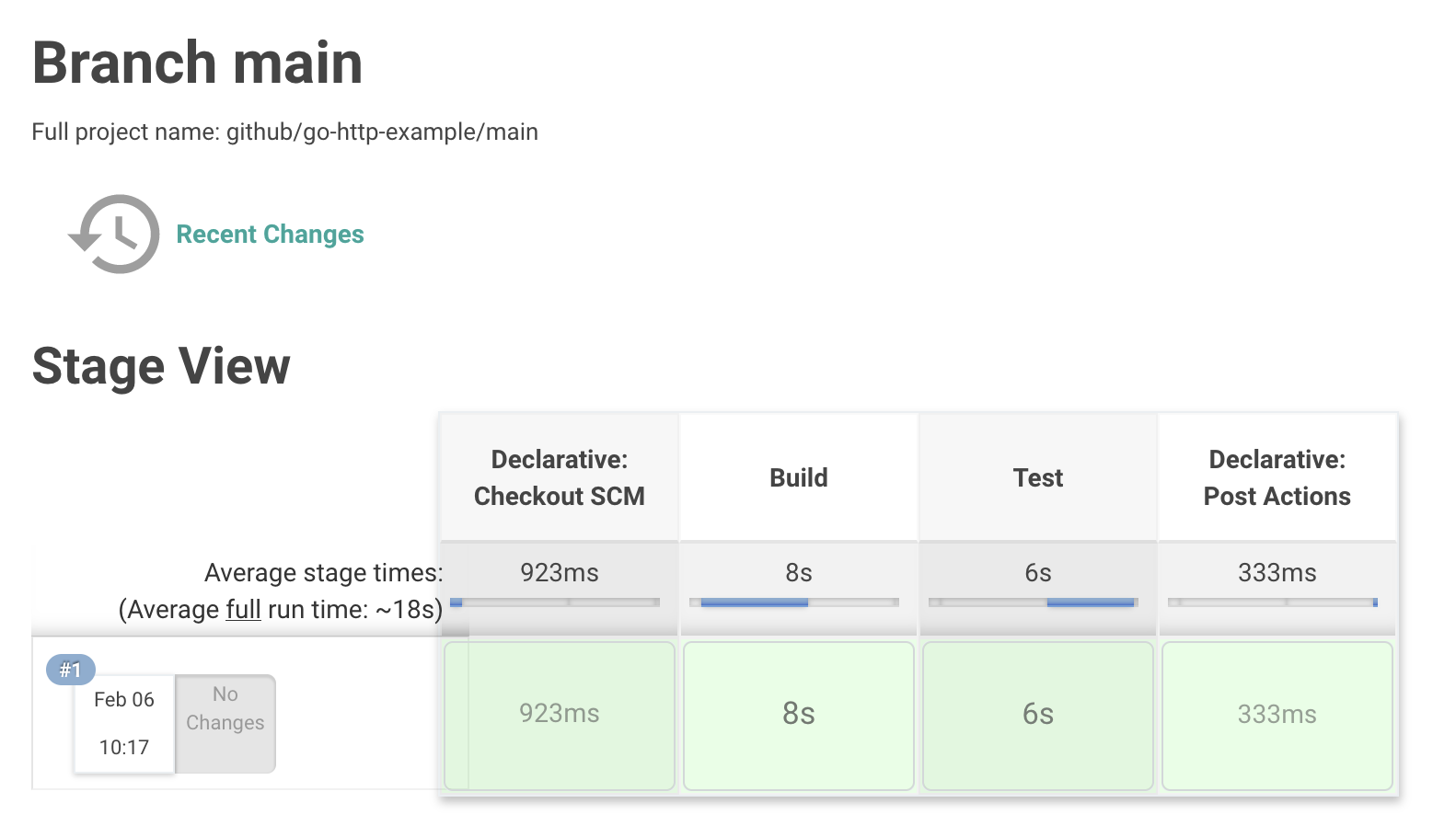
As an output, you can see the test reports and code coverage too:
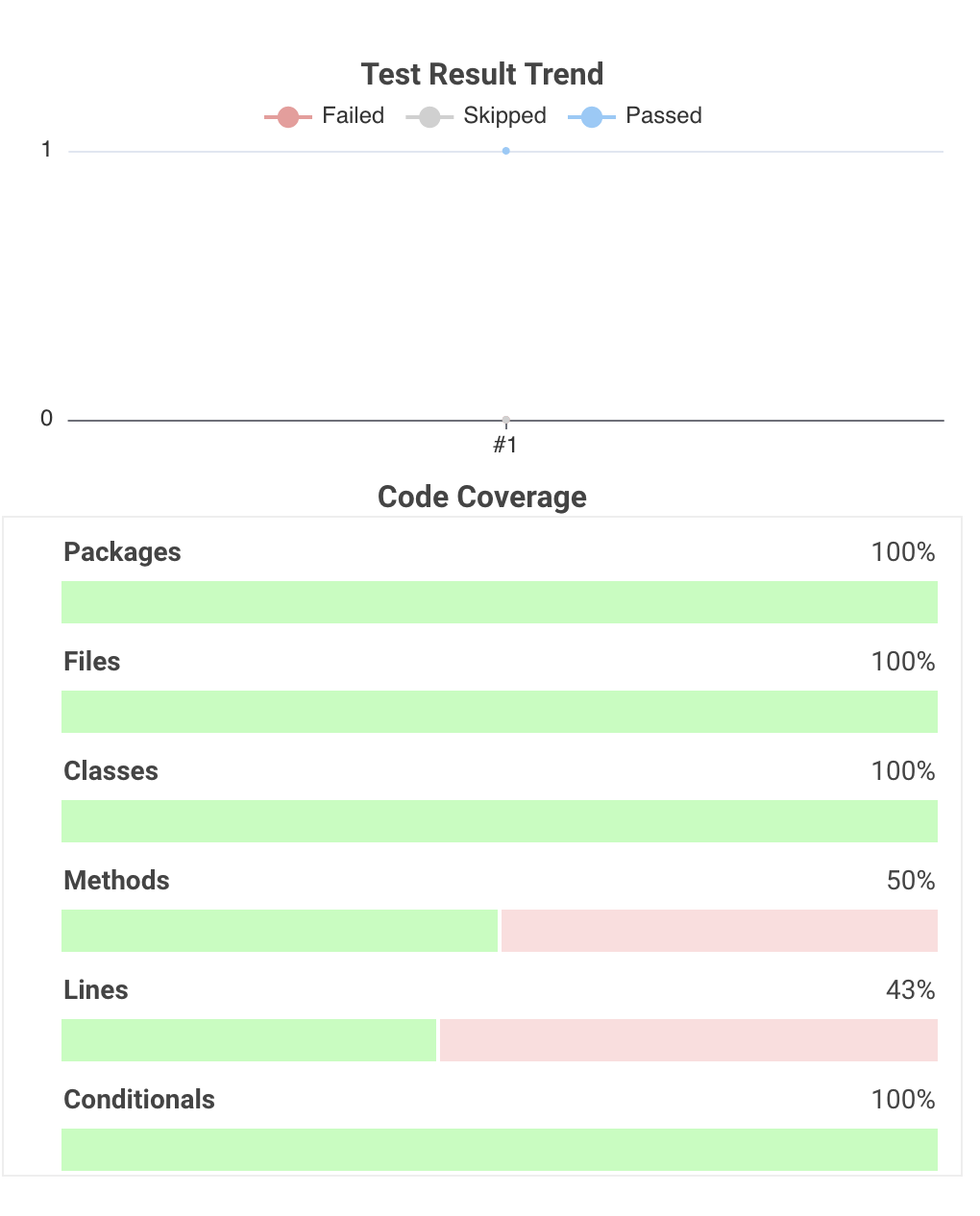
Next Steps
Next up, there'll be a follow-up article around how you can build some infrastructure to support your new application, using Docker and Supervisor to have an automated deployment from Jenkins.
The full code for this article is available here: https://github.com/jamiefdhurst/go-http-example